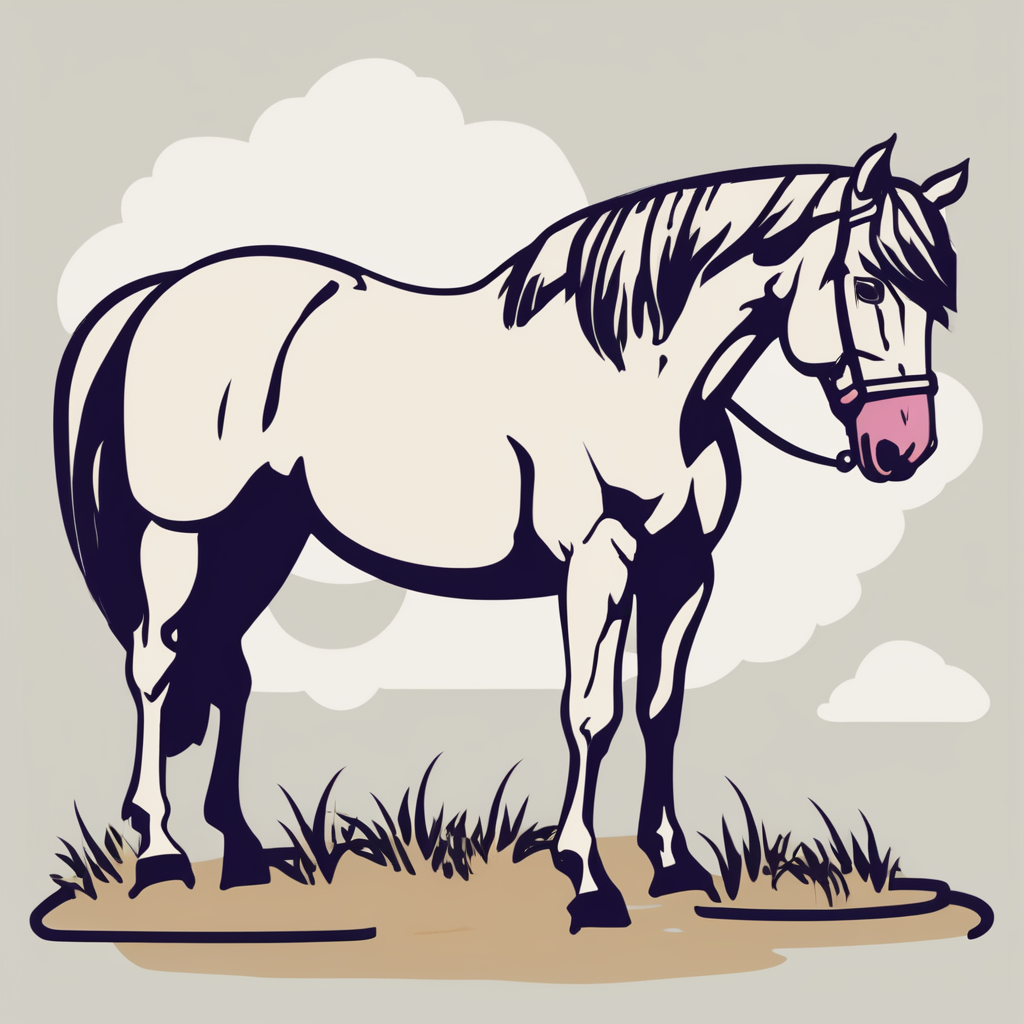Recent population trends among UK wildlife
Understanding current shifts in our natural environment
Recent UK wildlife data reveals a mixed picture of UK animal population trends between 2022 and 2024. Some species have shown encouraging population increases, while others continue to decline, highlighting the complexity of conservation efforts.
In parallel : How is urbanization influencing UK bird populations?
For example, UK species statistics indicate a rebound in certain bird populations, such as the chiffchaff and tawny owl, attributed to improved habitat management. Conversely, some amphibians like the common toad exhibit worrying declines linked to habitat loss and climate pressures.
Mammal trends are equally varied. Recent scientific reports note that urban-adapted species like foxes have stabilized or grown, whereas more sensitive species, including water voles, face ongoing challenges from predation and environmental change.
Also read : How Can We Inspire Children to Protect Endangered UK Wildlife?
This nuanced data comes from comprehensive research combining citizen science input, governmental wildlife surveys, and academic studies. Understanding these evolving population patterns is crucial for targeting conservation resources effectively and supporting biodiversity resilience in the UK. Monitoring these UK animal population trends closely ensures timely action to protect vulnerable species while celebrating those on the recovery path.
Species experiencing the most significant changes
In the UK, species-specific population changes reveal stark contrasts in biodiversity trends. Iconic creatures such as hedgehogs have seen dramatic declines, largely due to habitat loss, predation, and road traffic. Similarly, many bird species like farmland birds continue to struggle, affected by agricultural practices and changing weather patterns. Pollinators, including bees and butterflies, face significant pressures from pesticide use and habitat fragmentation, directly impacting UK biodiversity.
On a brighter note, some species highlight successful conservation stories. Beavers, once extinct in the UK, are showing promising recovery thanks to reintroduction efforts and habitat restoration. Otters have similarly bounced back after decades of decline, benefiting from cleaner waterways and legal protection. Certain raptors, such as red kites, demonstrate notable population stability or growth, reflecting targeted conservation actions.
Understanding these varied trends is essential for shaping future conservation policies. It emphasizes the need for tailored approaches acknowledging the unique challenges each species faces to effectively safeguard the UK’s rich biodiversity.
Influencing factors affecting animal population dynamics
Understanding animal population dynamics in the UK requires examining several critical factors. The UK climate impact wildlife notably; shifting temperatures and increased frequency of extreme weather events disrupt breeding cycles and food availability. For instance, warmer winters may benefit some species but negatively affect others that rely on colder conditions, altering ecosystem balance.
Habitat loss UK due to urban development and agriculture causes severe fragmentation. Such fragmentation isolates populations, reducing genetic diversity and making it harder for animals to find mates and resources. This effect is pronounced in woodland and wetland species, where continuous habitats are essential.
Invasive species UK also play a significant role in disrupting native populations. Non-native predators or competitors can outcompete or prey on indigenous species, causing declines or local extinctions. Additionally, disease outbreaks facilitated by invasive species or changing environmental conditions often accelerate population decreases. For example, diseases spread more rapidly in fragmented habitats where animals are stressed and in close contact.
By monitoring these key factors—climate impact, habitat loss, and invasive species—conservationists can develop targeted strategies to mitigate negative effects and support resilient animal populations throughout the UK.
Recent research findings and data sources
Delving into the latest UK animal studies reveals significant trends in wildlife populations from 2022 to 2024. These comprehensive surveys, including those documented in the UK conservation reports 2023, offer crucial insights built on rigorous scientific references UK wildlife experts trust. Among these, the State of Nature reports stand out, providing longitudinal data that track species abundance and habitats across the country.
Additionally, the British Trust for Ornithology’s (BTO) extensive surveys contribute detailed observations on bird populations, complementing broader wildlife monitoring efforts. Such initiatives often incorporate citizen science, increasing data coverage and reliability.
For example, a 2023 study showed shifts in mammalian and bird species distribution, suggesting responses to climate pressures and habitat changes noted in government assessments. Examining these findings helps policymakers and conservationists devise targeted strategies to mitigate risks.
To understand these developments fully, referring to scientific references UK wildlife ensures evidence-based interpretations. These sources underpin efforts to evaluate conservation progress objectively, respond to emerging threats, and maintain the biodiversity integral to the UK’s natural heritage.
Conservation measures and policy responses
Recent UK conservation actions have focused heavily on strengthening wildlife protection and reversing biodiversity loss. Between 2022 and 2024, government policies have introduced stricter habitat preservation laws and funding boosts for species recovery programs. These measures aim to address critical declines in native animal populations, ensuring their habitats are safeguarded from development pressures.
Community-led efforts have gained momentum, with local groups spearheading habitat restoration and monitoring projects. Such grassroots initiatives complement national strategies by engaging citizens directly in conservation work, often in partnership with environmental organizations.
Rewilding projects represent a significant shift towards restoring natural ecosystems by reintroducing native species and allowing landscapes to regenerate naturally. The UK has seen expansion in these projects, which help improve ecosystem resilience and increase biodiversity.
Despite progress, challenges persist. Monitoring and enforcement remain difficult in rural areas, and balancing development with conservation requires continuous policy refinement. Assessing the policy impact on animal populations involves ongoing research to ensure measures translate into measurable wildlife recovery.
Overall, the synergy between policies, local communities, and rewilding is key to advancing effective wildlife protection UK wide, fostering healthier ecosystems and sustainable coexistence.


